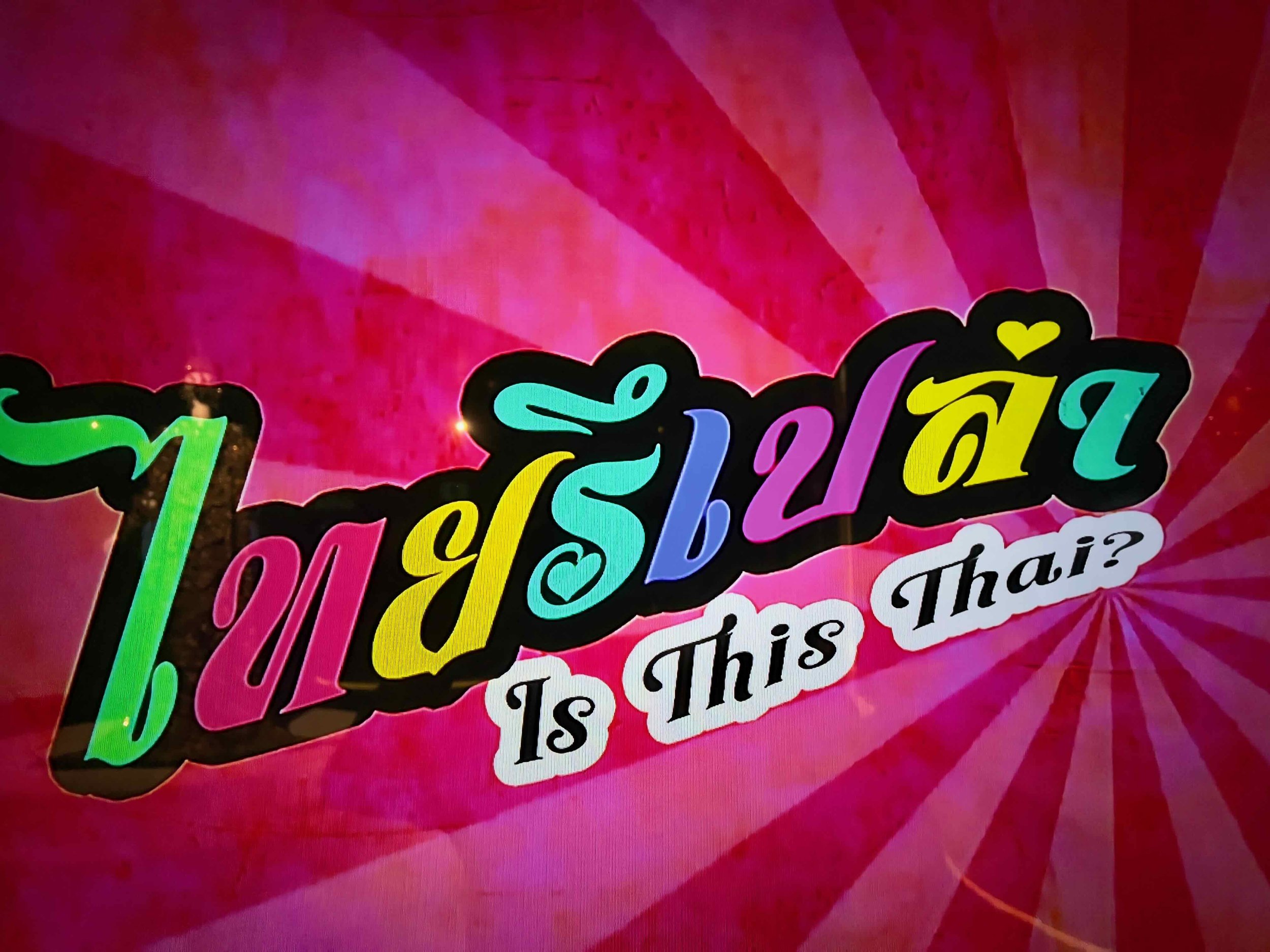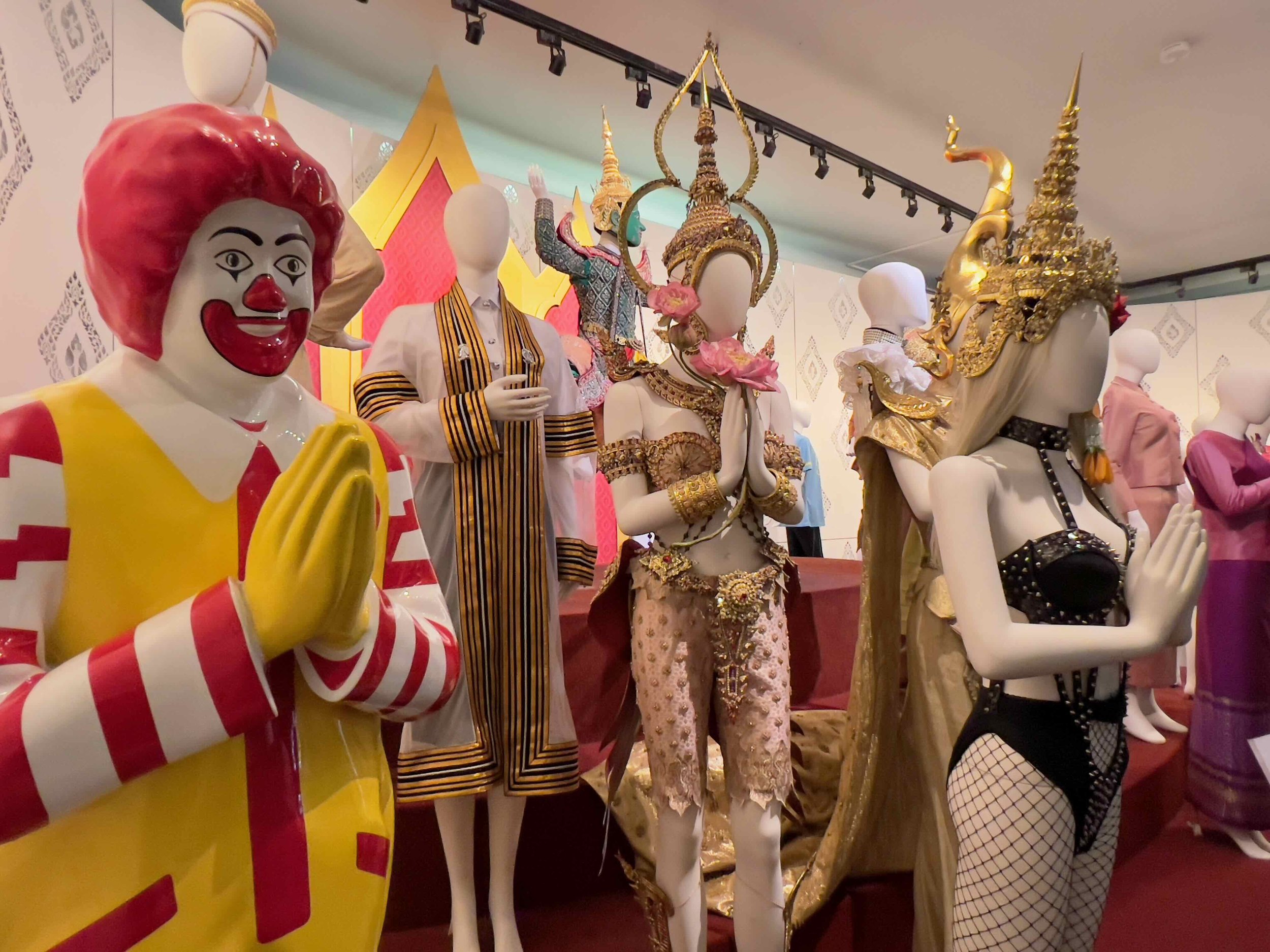Cultural Appreciation
The below was published in Nikkei Asia here in December 2021.
Recent visitors to Bangkok's Museum Siam were greeted by a giant electronic screen displaying some of Thailand's best-known cultural icons beneath a banner headline asking: "But are they really Thai?" Given that national museums normally focus on emphasizing - as opposed to questioning - their nation's uniqueness, I felt the exhibition warranted a closer look.
The displays inside could certainly give ardent nationalists pause for thought. They start with pad thai, one of the country's best-known dishes, a simple, delicious concoction of sauteed noodles with a salty-sugary kick. It is a culinary icon in a country obsessed with food. But as the display explained, pad thai originated as a Chinese import. It was given a few tweaks by Thailand's military government in the 1930s, removing the pricey pork and adding egg and nam pla (fish sauce), for example, then marketed as a national dish with the aim of getting people to switch from eating rice during a time of shortage.
After digesting that, it was on to the next exhibit: Thai massage - a vigorous kneading, twisting and hammering of the body that aims to revitalize the energy meridians. It's a therapy proudly celebrated in Thai culture, and a world away from the oily rubdown that passes for massage in most other countries. But as the museum explained, its roots lie in a system invented by a doctor in India a couple of millennia ago that was then brought to Thailand along with Buddhism.
Next in line were tuk-tuks. I had always thought of these as a quintessentially Thai mode of transport, invented on the busy streets of Bangkok. But it turned out that this three-wheeled love child of a motorcycle and a pickup truck was brought to Thailand from Japan in the 1960s, where it was known as the Dalmatia Midget. In turn, the Japanese had imported it from the Italians in the 1950s, where it was originally conceived, shortly after World War II, as the Piaggio Ape.
Thai traditional dress didn't escape the museum's forensic scrutiny either. The next exhibit explained that the first Thai lace blouses, now eponymous with traditional formal wear, were introduced in the early 1900s after King Rama V visited Europe and took a liking to the style favored by Victorian ladies. Likewise, gentlemen's chong kraben trousers and traditional jackets were adapted from a design that originally came in from India.
And so it went on. I learned about overseas influences in the design of the national flag (the blue band representing the monarchy was apparently first proposed by a foreigner); that the mythical Garuda bird on the royal seal originated in India; and that the Tourism Authority of Thailand's logo was designed by an American. All of this was revealed in the elegant, old museum building, formerly the Ministry of Commerce -designed by an Italian.
The question was whether such foreign roots and influences made any of these cultural icons somehow "un-Thai" or any less unique. I had to say no. In each case, the items in question had been developed, customized and seasoned with some local magic, resulting in creations that were distinctly Thai, and most certainly unique. As the museum curator put it, "we always added a little spice."
What is not unique, however, is the practice of cultural borrowings in the first place -- the result of countless human movements and interactions over centuries. The same kind of exhibition could be staged anywhere in the world and similarly reveal the "national" culture as a magpie's nest, stuffed with trinkets from far and wide.
Take the U.K. for example, where I was brought up. Our language is a mishmash drawn from all over Europe and is written in a script imported from Italy. Our national dish (if we can call it that), fish and chips, was brought from the Netherlands by Sephardic Jewish immigrants. As for the British royal family, let's just recall that they changed their name from "Saxe-Coburg" to "Windsor" and leave it there.
National museums in other countries would do well to emulate Museum Siam's openness to celebrating the varied origins of Thailand's national treasures. There is also a reminder here, that to find a truly indigenous, homegrown culture, that’s devoid of any foreign influence, you would have to return to the beginning of human history. And, even then, I have a sneaking suspicion you would discover that the first Homo sapiens swiped half of their best cave art from the Neanderthals.



